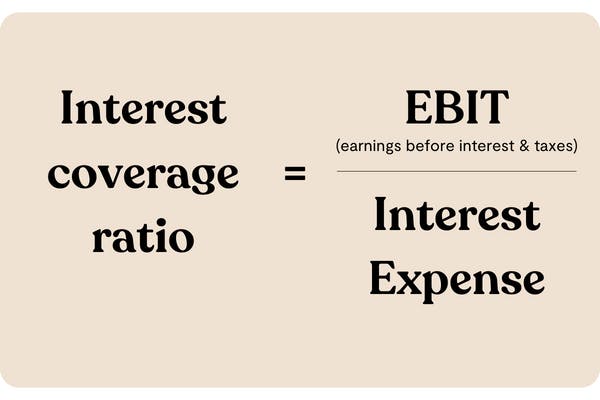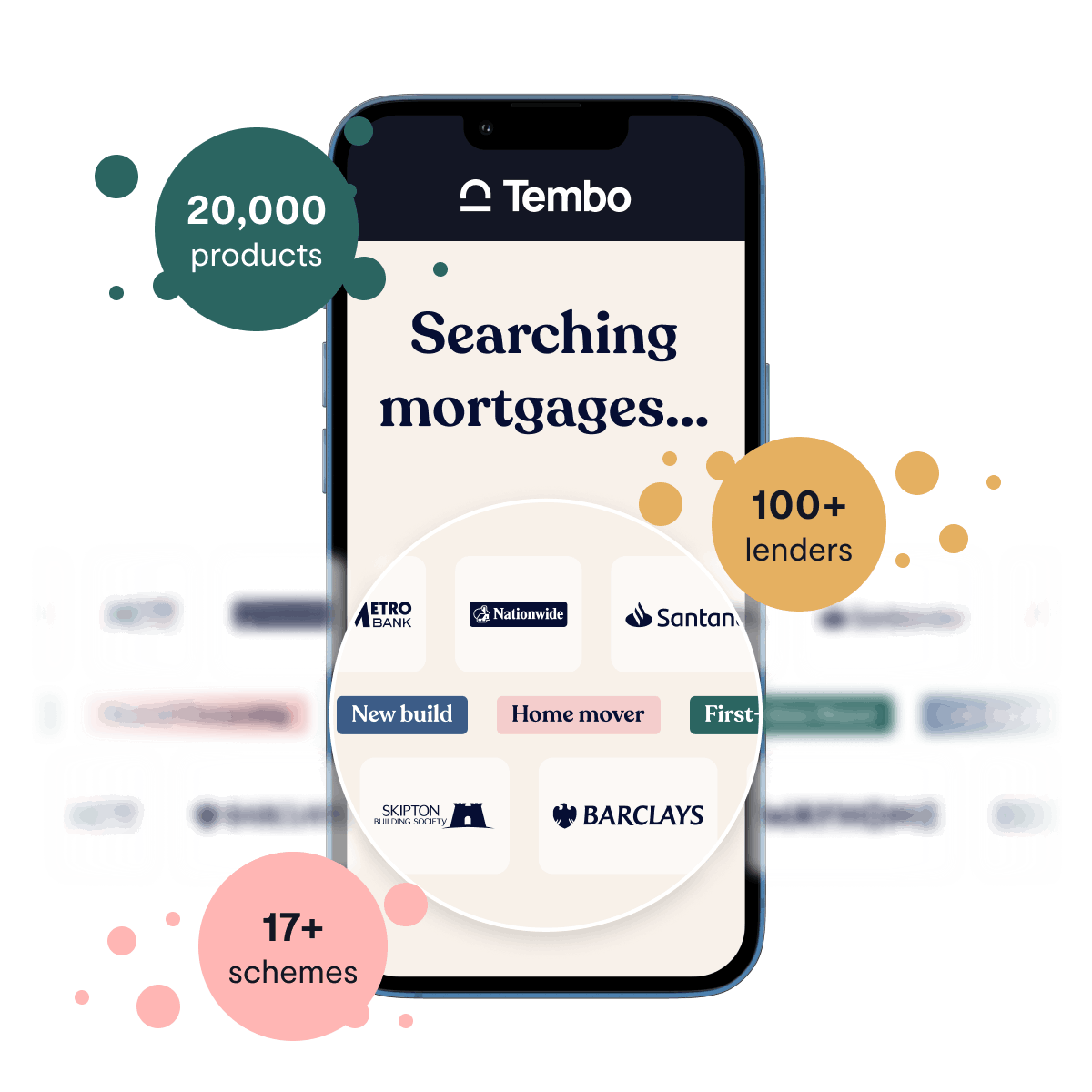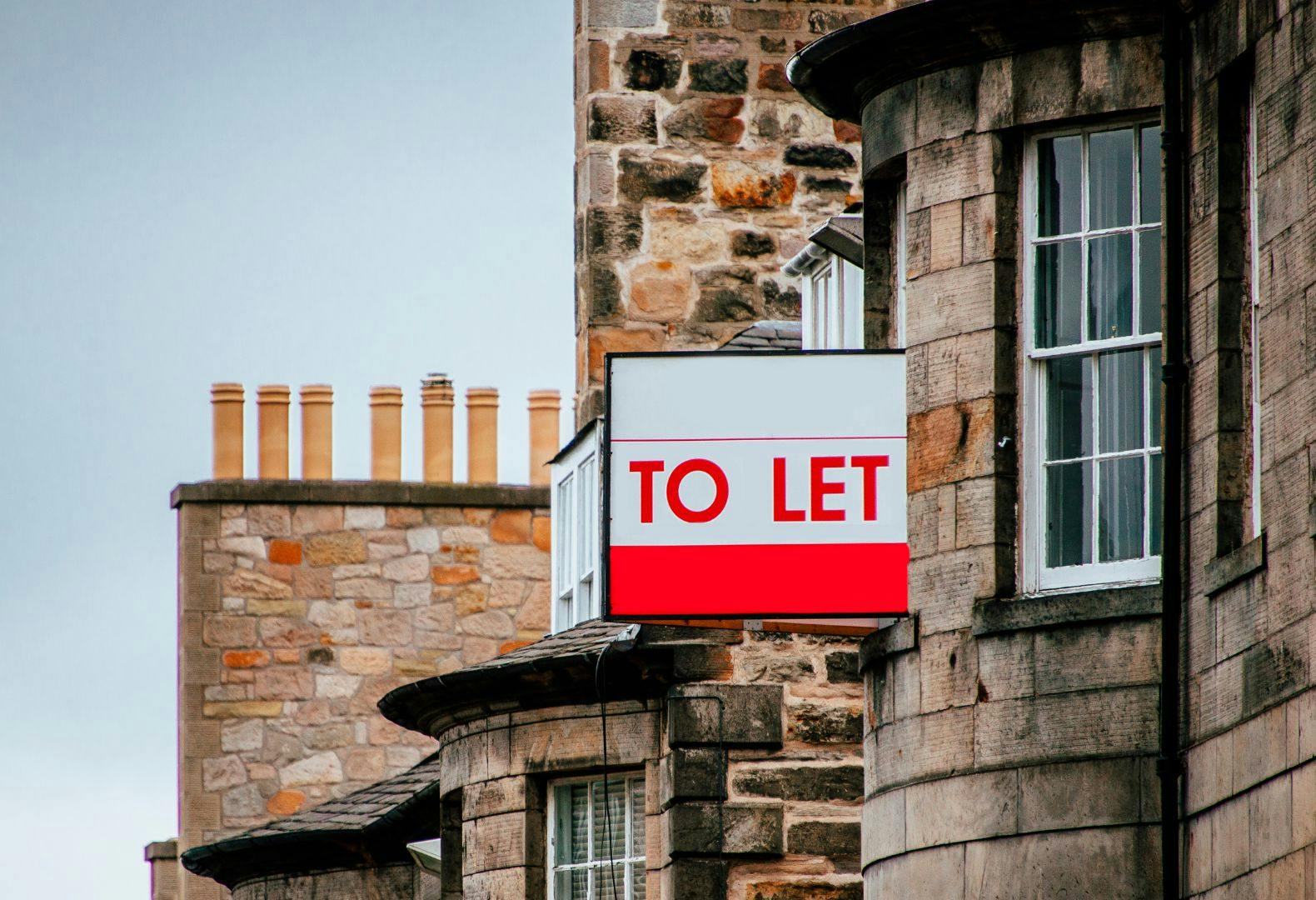What is interest coverage ratio?
If you’ve been researching buy to let mortgages and how to become a landlord, you might have come across the phrase ‘interest coverage ratio’. Find out what this means, and how it impacts your ability to get a buy to let mortgage below.
What is interest coverage ratio?
Interest coverage ratio, sometimes abbreviated to ICR, is a metric that shows whether a borrower can pay off their debts, expressed as a percentage. It’s used for companies as an indicator of their financial health, but also individuals.
For example, for buy to let landlords, their interest coverage ratio reflects the amount of gross rental income they need to break even after factoring in mortgage repayments, tax, property maintenance and other costs.
Normally, as a landlord you need an ICR of 125%. This is why mortgage lenders will typically let you borrow a loan that’s equivalent to 125% of your rental income.
See what you could borrow today
Create a free Tembo plan to see what you could borrow for a buy to let mortgage today. You’ll see your max borrowing potential, as well as personalised rates and indicative repayments.
How to calculate interest coverage ratio
Interest coverage ratio is calculated by dividing your total income before interest and tax (also known as EBIT) by the total amount of interest on all of your outstanding debts. For buy to let landlords, this means comparing your annual rental income to your mortgage interest rates and monthly repayments.
Interest coverage ratio formula:

What is a good interest coverage ratio?
Normally, the higher your interest coverage ratio, the better. This is because a high interest coverage ratio indicates that you are financially able to pay your interest expenses. For buy to let landlords, this means you can comfortably afford to pay your monthly repayments to your lender through your rental income. Typically lenders would expect you to have an ICR of 125% to qualify for a buy to let mortgage.
How to improve your interest coverage ratio
To improve your interest coverage ratio, you either need to increase your income before tax, or reduce your interest expense. For those wanting to become landlords, or who already own a buy to let property, this means either increasing your income through charging a higher rate of rent or supplementing your rental income with your personal income (for example, through top slicing).
There are various ways to get access to a lower mortgage interest rate, but this could include borrowing less money for a buy to let loan or reduce your loan size. It could also include improving your credit score, or putting down a larger down payment.
If your interest coverage ratio is not high enough to qualify for a buy to let mortgage, or you’re struggling to remortgage your buy to let property, talk to Tembo. We’re an award-winning mortgage broker that specialises in helping buyers and homeowners boost their affordability to find the best mortgage deal for them.
Need help affording a buy to let?
Whether you’re a newbie landlord or looking to remortgage your existing property, you’re in the right place. Create a free Tembo plan today for a personalised buy to let mortgage recommendation. Then book in a free, no-obligation call with one of our award-winning experts to chat through your options.
Why Tembo?
We help buyers, movers and homeowners discover how they could boost their affordability in 3 simple steps. It’s why we’re the UK’s Best Mortgage Broker.




